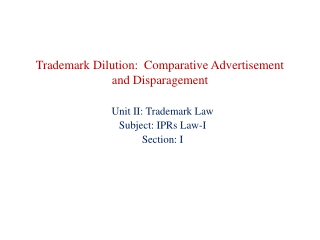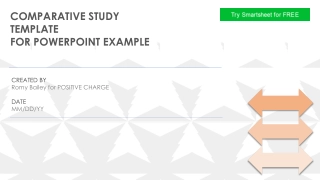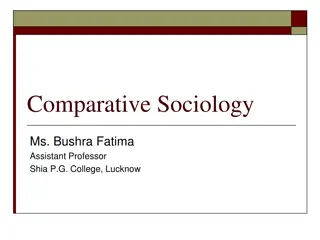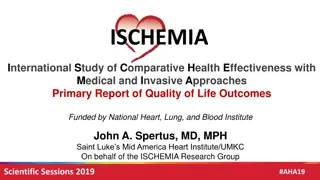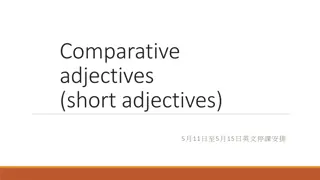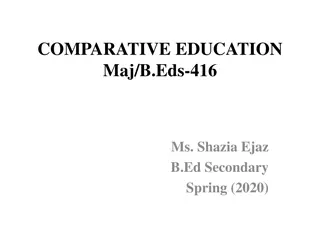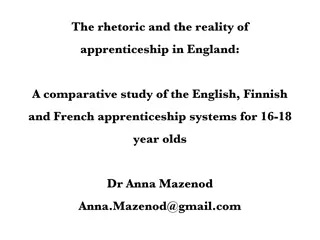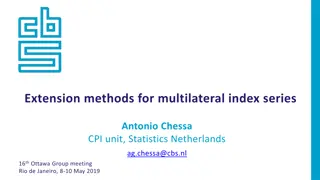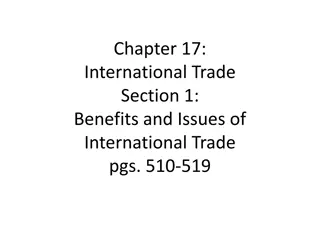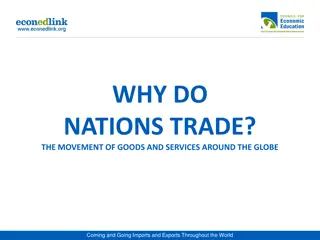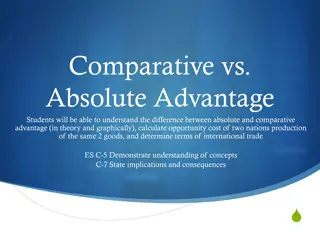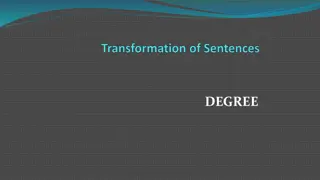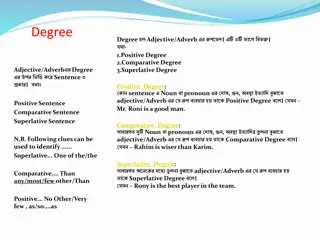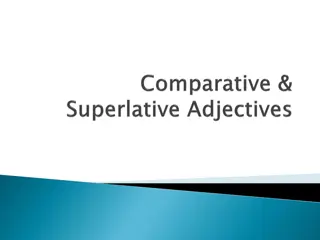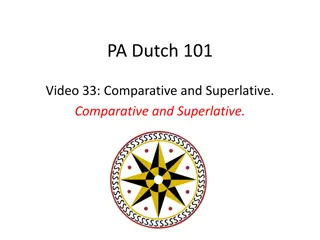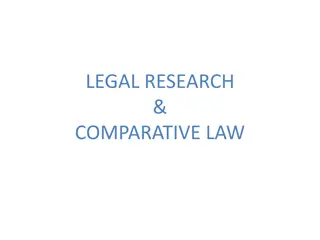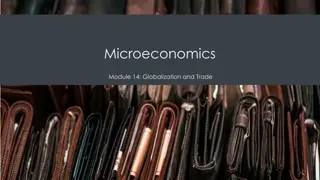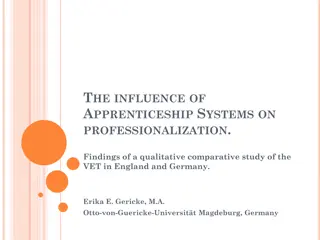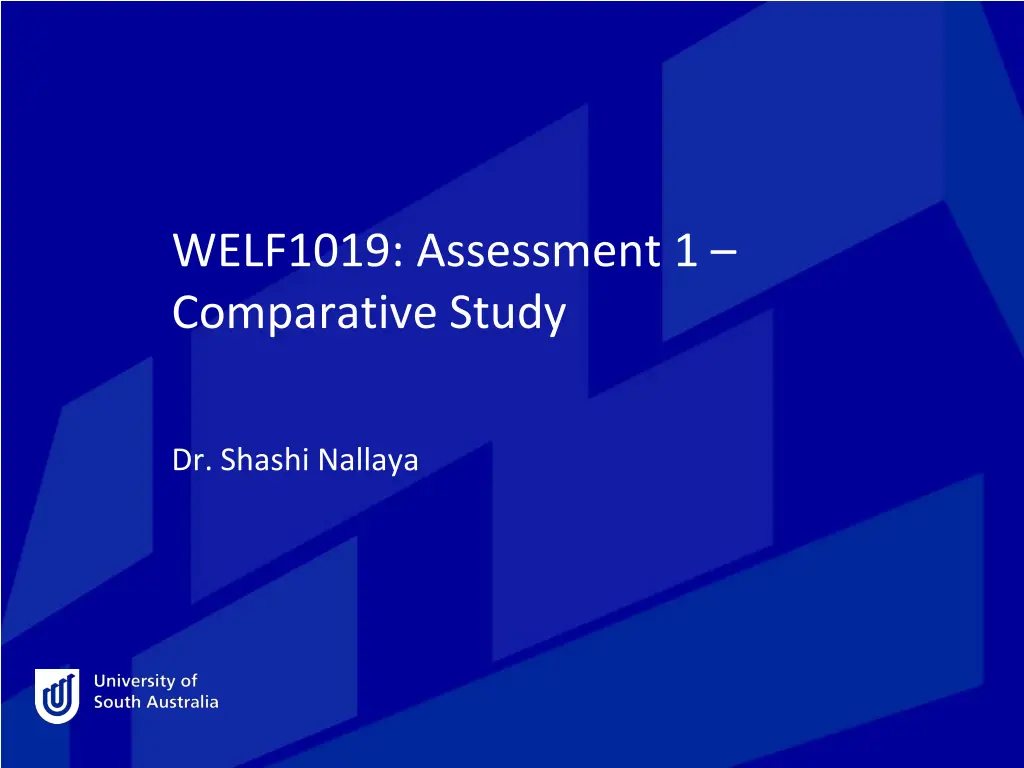
Writing Effective Texts for Different Genres: A Comparative Study
Explore the art of composing text messages, emails, and formal letters through research and practice. Learn to tailor your communication for different audiences and situations, incorporating expert advice and principles for effective messaging. Develop skills in crafting concise, engaging messages while adhering to genre-specific conventions.
Download Presentation

Please find below an Image/Link to download the presentation.
The content on the website is provided AS IS for your information and personal use only. It may not be sold, licensed, or shared on other websites without obtaining consent from the author. If you encounter any issues during the download, it is possible that the publisher has removed the file from their server.
You are allowed to download the files provided on this website for personal or commercial use, subject to the condition that they are used lawfully. All files are the property of their respective owners.
The content on the website is provided AS IS for your information and personal use only. It may not be sold, licensed, or shared on other websites without obtaining consent from the author.
E N D
Presentation Transcript
WELF1019: Assessment 1 Comparative Study Dr. Shashi Nallaya
The task Research and write a message to three (3) different people in three(3) different genres (formats) The formats are: a text message, an email and a formal letter Research about composing effective communication in these formats Incorporate the information to write each piece of text: text message (160 characters); email (100 words including To, From, Date, Subject); letter (250 words including address, etc.) Write a rationale for each (250 words - justification) with references
Before you begin Do your research and read widely. Find out what the experts/scholars are saying about writing text messages, emails and formal letters. Use these principles in composing your own texts. Relate back to this when you write the rationale for each of the texts. Don t forget to cite the references if you take ideas from other people.
The scenario You are elated and can t wait to text your best friend with the news. You are a human service worker working in a non- government human service organisation. You have only been in the position for two months. You have just received a phone call from a travel company to say you have just won a seven day trip to Rome leaving in three weeks. There is also issue with your part-time studies. You are studying to become a social worker. Your university expects that students will attend and participate in all tutorials. If you go to Rome you will not be able to attend that week s tutorial. You need to email Kumi, your Japanese tutor about this. There is the issue of taking leave from work. You have not been there long enough to accumulate the necessary annual leave. You have consulted your supervisor about taking leave this early in your employment. Your supervisor suggests you write to the Regional Manager, Ms. Smith to request leave.
Layout Introduction Text message to friend Rationale Email to tutor Rationale Formal letter to RM Rationale Conclusion
Text messaging (160 characters) Written form of communication that takes place interactively. Merges written and oral communication. Features include: abbreviations (Prof.); Acronyms (UK); Emoticons ( ); Misspellings (dis - this); and vocabulary that may be understood by two people who consistently text each other but not by others. Tone: informal Language: informal
Some examples Thank you for ditchin me i had been invited out but said no coz u said u were comin and u said we would do something on the sat and now I have nothing to do all weekend I am a billy no mates I really hate being single Hey i know u r at work but i just wanted to let you know that i found my pen lid it was in d bin xx Brur its 2bed 1 matras my darling is going to put me in shid in church. My money I have save have been decrease due 2 da Aunt Mayloy s funeral & miner problst. So da case is coming very soon
The email (100 words) Writing style is more informal (will vary depending on context). Abbreviations, slang, colloquialisms and jargons are common. Is someway like a speech (use of first and second person pronouns, present tense). Unformatted plain text. Formality- informality continuum of communication models (Eunson 2012, p. 155)
The email: Structure Getting message upfront is usually the most suitable approach. Consider using the MADE structure (Eunson 2012) for formal emails: o Message; o Action; o Details; and o Evidence. Structure for informal emails will depend on who the message is intended for (family, friends, colleagues, etc.), familiarity and reason for communication (inform, share, request, etc.).
Components of formal letter (contd) Subject line A way of instantly telling the reader what the letter is about. It is placed between the salutation and the body. Body of a letter Contains the substance of communication. Style and structure are largely determined by the kind of letter you are sending Close A complimentary way of terminating your letter with courtesy. This will vary according to the situation and the tone appropriate to the situation Signature block Contains writer s signature (Eunson 2012, p. 26)
The formal letter: An Example Your contact information Recipient's details Date the letter was written Salutation Sometimes in big organisations the mail is opened by an assistant so it is good to specify Subject Re: Thank you for a job well done Re: Thank you for a job well done Close Sign off with signature, full name and title Dear Sir/Madam: Yours faithfully Dear Ms. Smith: Yours sincerely Yours truly works for either
The rationale (250 words each) An explanation of why you composed your texts (text message, email, letter) in manner that you have. An explanation of what you had to consider and why when composing your texts (guided by your research and readings). Example The text message in this assignment is short and concise as only 160 characters are allowed when sending SMSes (a reference here would be good). Furthermore, according to Tagg (2012) often text messages are used for convenience by busy people on the go. The reason emoticons and abbreviations have been used in the text above is because the writer is busy juggling work as well as studies and does not have the time to compose lengthy messages. Moreover, text messages are not free and cost money (Baron 2008). Thus it is important to keep the message short.
References Baron, NS 2008, Always on language in an online and mobile world, Oxford University Press, Oxford. Eunson, B 2012, Communicating in the 21st century, 3rd edn, John Wiley, Milton, Queensland. Tagg, C 2012, The discourse of text messaging analysis of SMS communication, Continuum International, London.

